Rory McIlroy's 2011 Masters Final Round Nightmare
The Northern Irishman's final round collapse paved the way for a thrilling finish
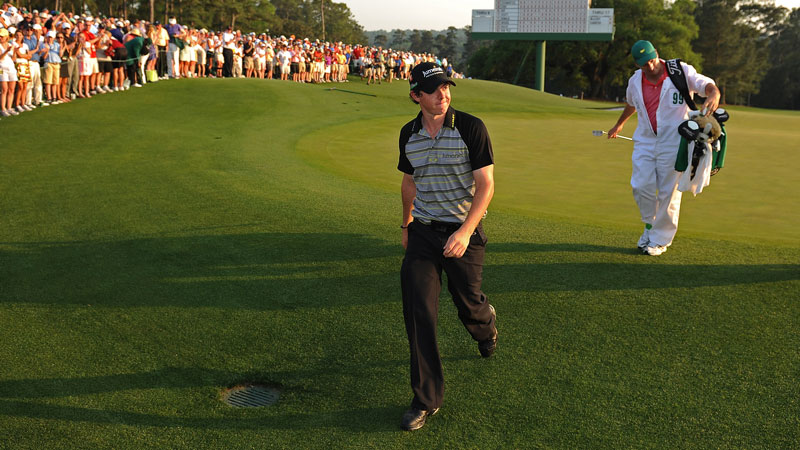

Coming into the Masters in 2011, Rory McIlroy had enjoyed a stellar 2010. Aged 21, he won the Quail Hollow Championship, recorded nine top-10s on the European Tour, climbed to seventh in the Official World Golf Rankings, and played a key role for Europe in the Ryder Cup.
But as much for his achievements, young Rory McIlroy’s year would be remembered for a couple of Major disappointments. At St Andrews, he led The Open after a course record-equalling 63 in round one. He was unable to deal with strong winds in round two and fell away with an 80. Although he fought back to take third, it was an opportunity missed.
At the PGA Championship at Whistling Straits, he was tied for the lead until a three-putt on the 15th. He missed a birdie putt on the final green to join Martin Kaymer and Bubba Watson in a playoff. For 2011, McIlroy’s focus was on making that Major breakthrough and by the time The Masters came around, the Northern Irishman was among the favourites.
Other likely candidates included: defending champion Phil Mickelson (a winner the previous week in Texas); World No.2 Lee Westwood, who had been runner-up in 2010; WGC-Match Play champion Luke Donald; as well as Paul Casey, Bubba Watson, Dustin Johnson and, of course, Tiger Woods. The four-time Masters winner had patchy form owing to recent swing changes, but he could never be ruled out at Augusta.
Also on superb form, but flying under the radar of most US golf fans, was Charl Schwartzel. The South African didn’t have a top-10 finish to his name on the 2011 PGA Tour, but his first five results on the 2011 European Tour had been: T2, 4, T4, 1 and T8. He was clearly playing well.
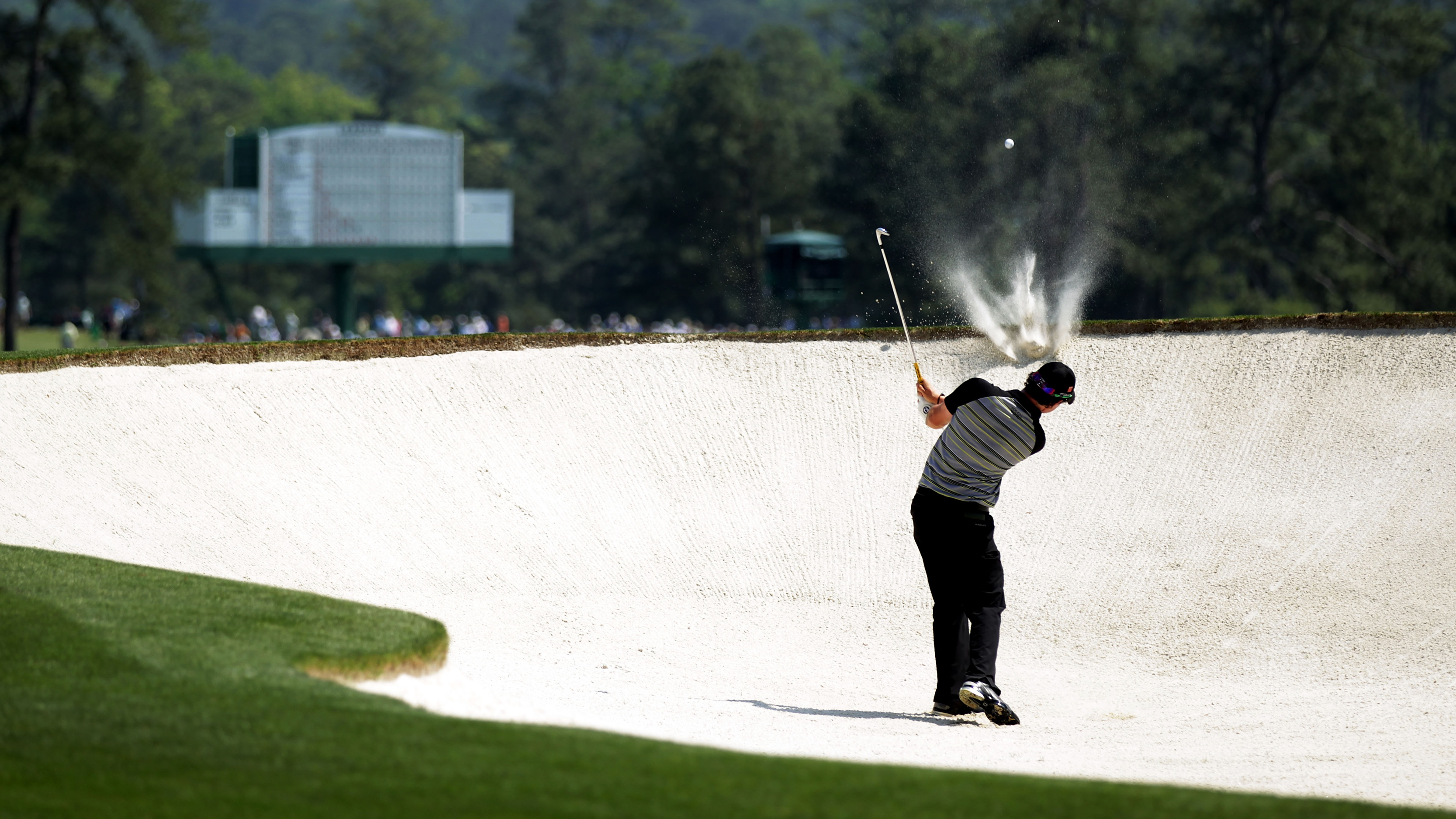
The final round of the 2011 Masters turned into a nightmare for McIlroy
Playing rounds one and two in a group designed to showcase the future of professional golf, McIlroy was paired with Jason Day and Rickie Fowler. It was the Northern Irishman whose performance stood out on day one. McIlroy cruised round Augusta in a seven-under-par 65.
“He’s very consistent and you can see how confident he is on course,” said playing partner Day.
Get the Golf Monthly Newsletter
Subscribe to the Golf Monthly newsletter to stay up to date with all the latest tour news, equipment news, reviews, head-to-heads and buyer’s guides from our team of experienced experts.
It could easily have been better for McIlroy. He was impeccable from tee to green but three-putted the par-5 13th for a par and missed a number of makeable birdie putts, including a six-footer on the last. That said, McIlroy was very obviously pleased with his opening card.
“I would take 65 all day long,” he said.
McIlroy inevitably faced questions though about what had happened the last time he’d held a first round Major lead. “I hope it will help me,” added McIlroy. “I have that experience to draw from. I feel I’m better prepared.”
But a look at past history would not have encouraged the youngster. In 74 previous instalments of The Masters, the first round leader had gone on to win just 14 times.
Y.E. Yang tied McIlroy at the top on day one after making a birdie at the 16th, but two closing bogeys saw him fall back. One shot further behind, Americans Ricky Barnes and Matt Kuchar were tied on four-under.
Sergio Garcia made a welcome return to the first page of a Major leaderboard, carding a three-under-par 69. That score was matched by England’s Ross Fisher who was in the first group out on Thursday morning.
Woods carded a 71 and was by no means out of it. But it was a disappointing day for some European hopefuls. World No. 1 Martin Kaymer, never at his best round Augusta, limped home with a six-over 78. Padraig Harrington managed only one better. Francesco Molinari posted 75 while Ian Poulter and Graeme McDowell finished with 74s.
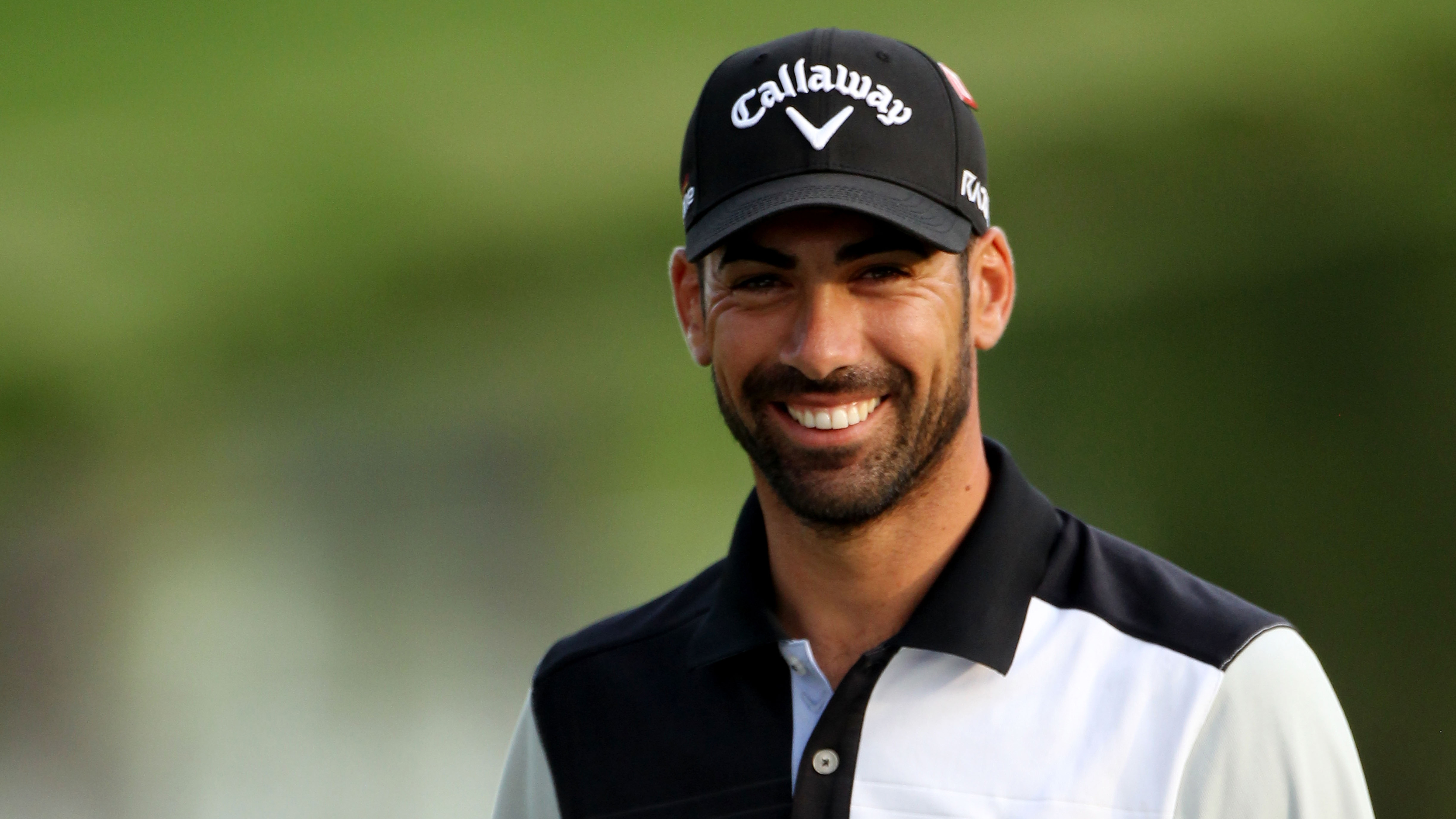
Alvaro Quiros was tied for the lead after round one
Last out, Alvaro Quiros birdied the last to match Rory’s 65. This was Quiros’ third Masters and he’d missed two cuts previously. But he’d been on great form in 2011. He’d won the Dubai Desert Classic two months previously and been second in the Qatar Masters. Still, most were surprised to see Quiros so high on the board. He’d even surprised himself.
“Normally I’m watching this situation on the TV, sitting on my sofa,” he said.
At the end of day one, on the 50th anniversary of the first international champion - Gary Player in 1961 - the leaderboard had a distinctly international feel. Nine players from outside the USA featured in the top-10 and ties.
McIlroy maintained his lead after round two and, again, it was a day that could have been even better for the Northern Irishman. He finished with a 69 for a 36-hole total of 10-under, two ahead of Jason Day. But he let a few shots get away on the run in. He missed a 10-foot putt for eagle on the 13th then, at the 15th, failed to get up and down after reaching the back edge in two. He then missed short birdie chances on both the 17th and 18th holes.
The challengers were amassing behind McIlroy. Day raced into contention with a 64 while Tiger Woods roared up the board with a 66. Englishmen, Lee Westwood, Luke Donald and Ross Fisher were all within striking distance.
One of the stories of the day was the excellent 68 scored by 51-year-old Fred Couples. It left the 1992 champion on a two-round total of five-under-par, just five shots back.
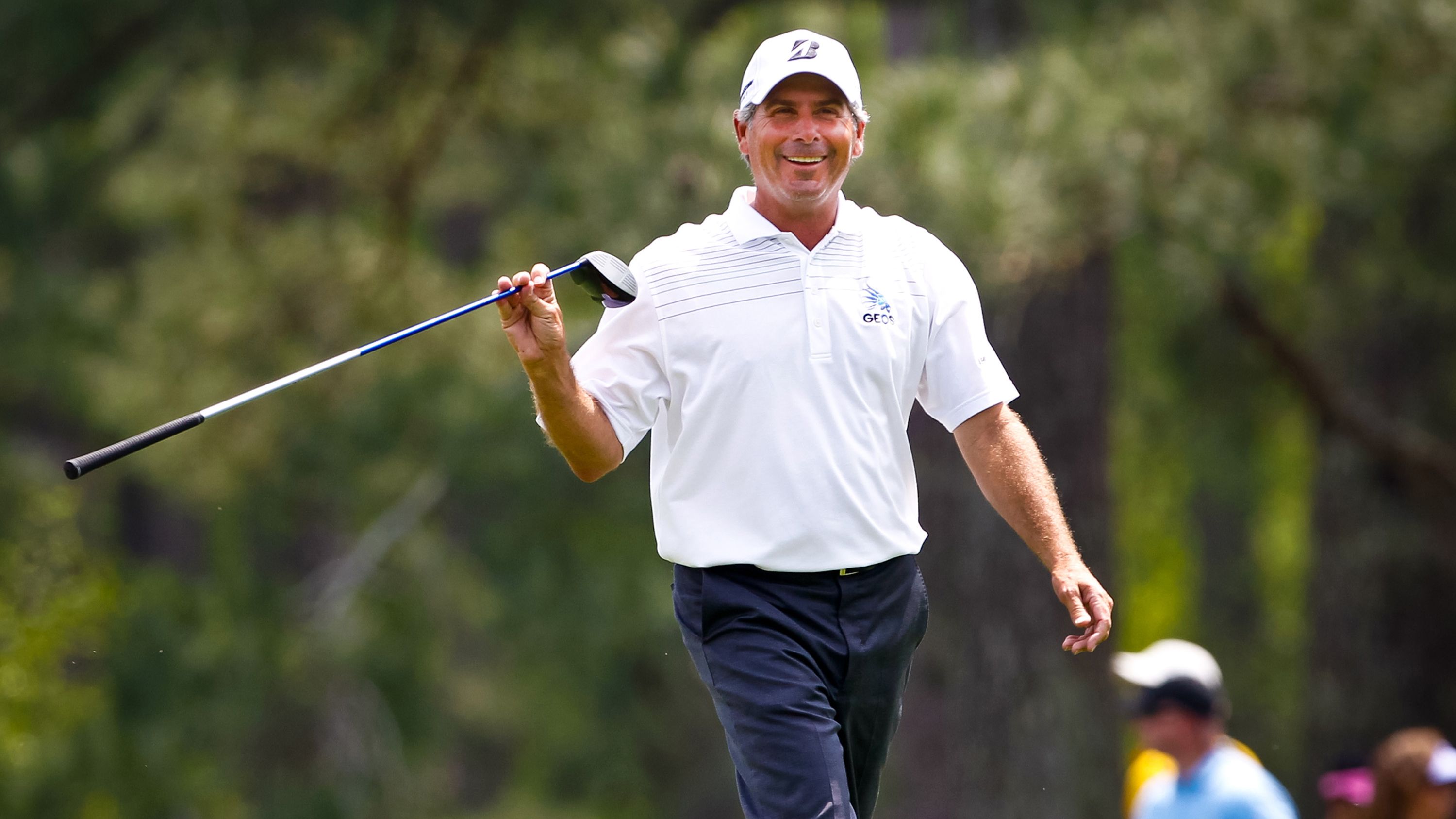
Fred Couples: An Augusta specialist
After round two, only one amateur was left standing: Japan’s Hideki Matsuyama. He’d won the Asia Pacific Amateur championship the previous October and would go on to win it again in 2011. Matsuyama went on to win the Green Jacket 10 years later.
After round three of the 75th Masters, McIlroy had extended his lead to four. He carded a steady two-under-par 70, and his nearest challengers were unable to gain ground. Day shot 72 and was four behind, Couples also had 72, while Geoff Ogilvy, who had been within four, fell back with 73.
Woods continued his trend of Jekyll and Hyde-like on-course performances as he struggled to a two-over 74. After the previous day’s 66, it seemed he’d rediscovered his Major-winning form. But he looked out of sorts on Saturday and, seven strokes back, faced an uphill struggle if he was to win his first Masters title since 2005.
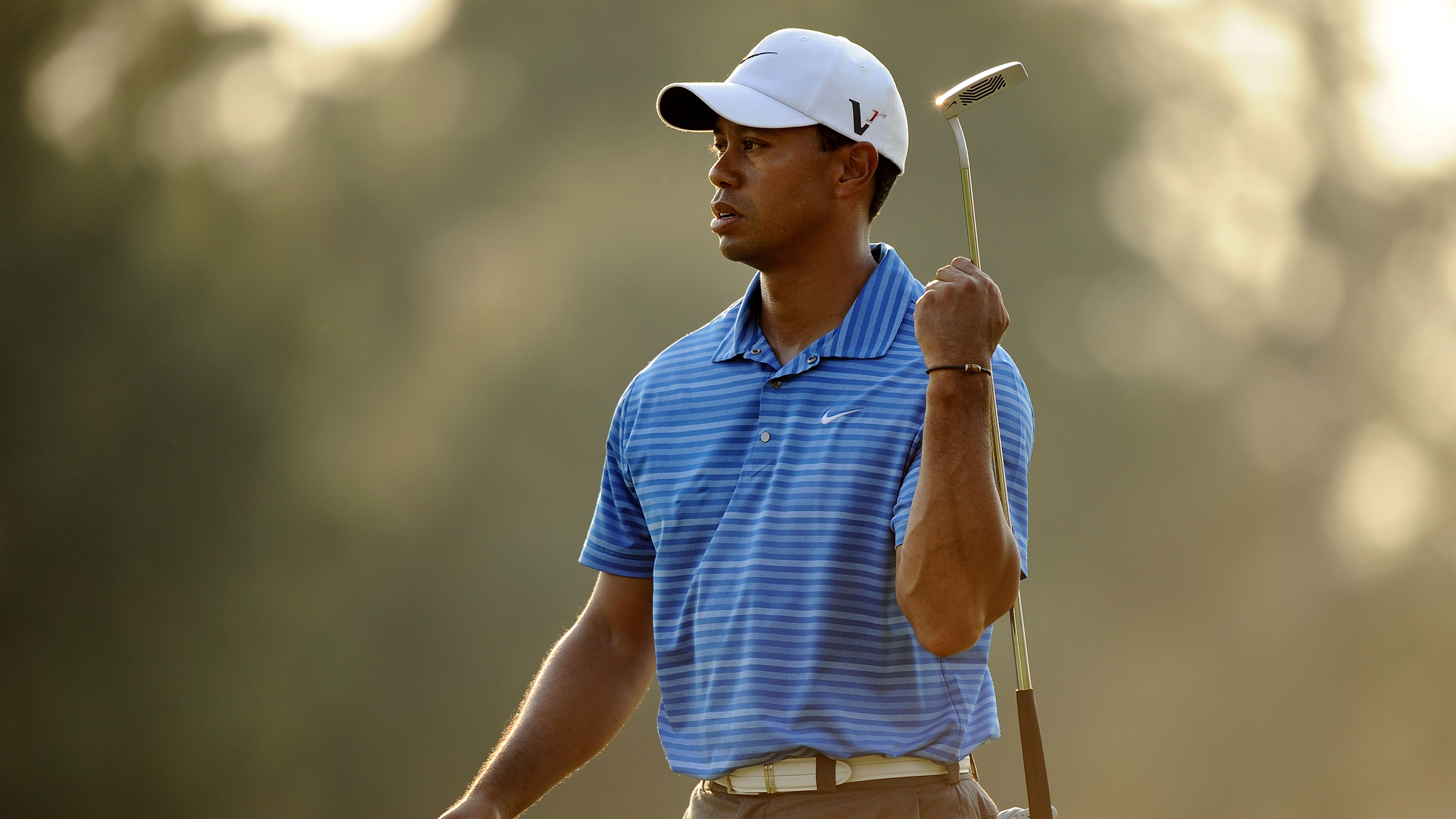
The only move Woods made during round three of the 2011 Masters was backwards
Writing in the LA Times, Bill Plaschke summed it up: “The roar engulfed Tiger Woods as he walked up the final fairway but he never smiled… the cheers were not for him. They were for the next him.”
Rory McIlroy in the group behind had just holed a monster birdie putt on the 17th.
A new set of challengers emerged after 54 holes. Past Masters champion Angel Cabrera fired a five-under 67 to move to eight-under, in a tie for second with Day. Also there were K.J. Choi and Charl Schwarztel, who posted a fine 68. Luke Donald and Adam Scott were tied on seven-under with Bo Van Pelt the best-placed American in eighth.
To most watching, it appeared Rory was playing his way solidly and serenely to a floodgate-opening victory. Few could have predicted that he would begin the final day four ahead and finish it 10 shots back.
On the 1st hole on Sunday, McIlroy was clearly nervous. Playing with intimidating Argentinian Cabrera, the youngster went long with his second. He elected to putt through the fringe and Cabrera stood close by to the Northern Irishman, studying his effort. McIlroy noticed the proximity of the 2009 Masters champion but kept his head down. He failed to get down in two and dropped back to 11-under. He was rattled.
It wasn’t long before McIlroy had company at the top of the board. Charl Schwartzel opened with a chip-in birdie and then holed his second to the short par-4 3rd to reach 11-under.
McIlroy dropped a further shot on the 5th and, despite a gain at the 7th that took him one ahead again, his position at halfway looked distinctly less comfortable than it had at the outset.
At the start of the back nine, Schwartzel was within one, as was Cabrera. The pressure of their presence on the board would have been daunting enough without an Augusta legend making a charge. Woods had started on five-under, but he made four birdies and an eagle on the front nine to reach the turn at 10-under, just one off the pace.
The roars echoing around Augusta National as Tiger mounted his challenge were stirring for the impartial onlooker but they must have been disheartening for an already anxious McIlroy.
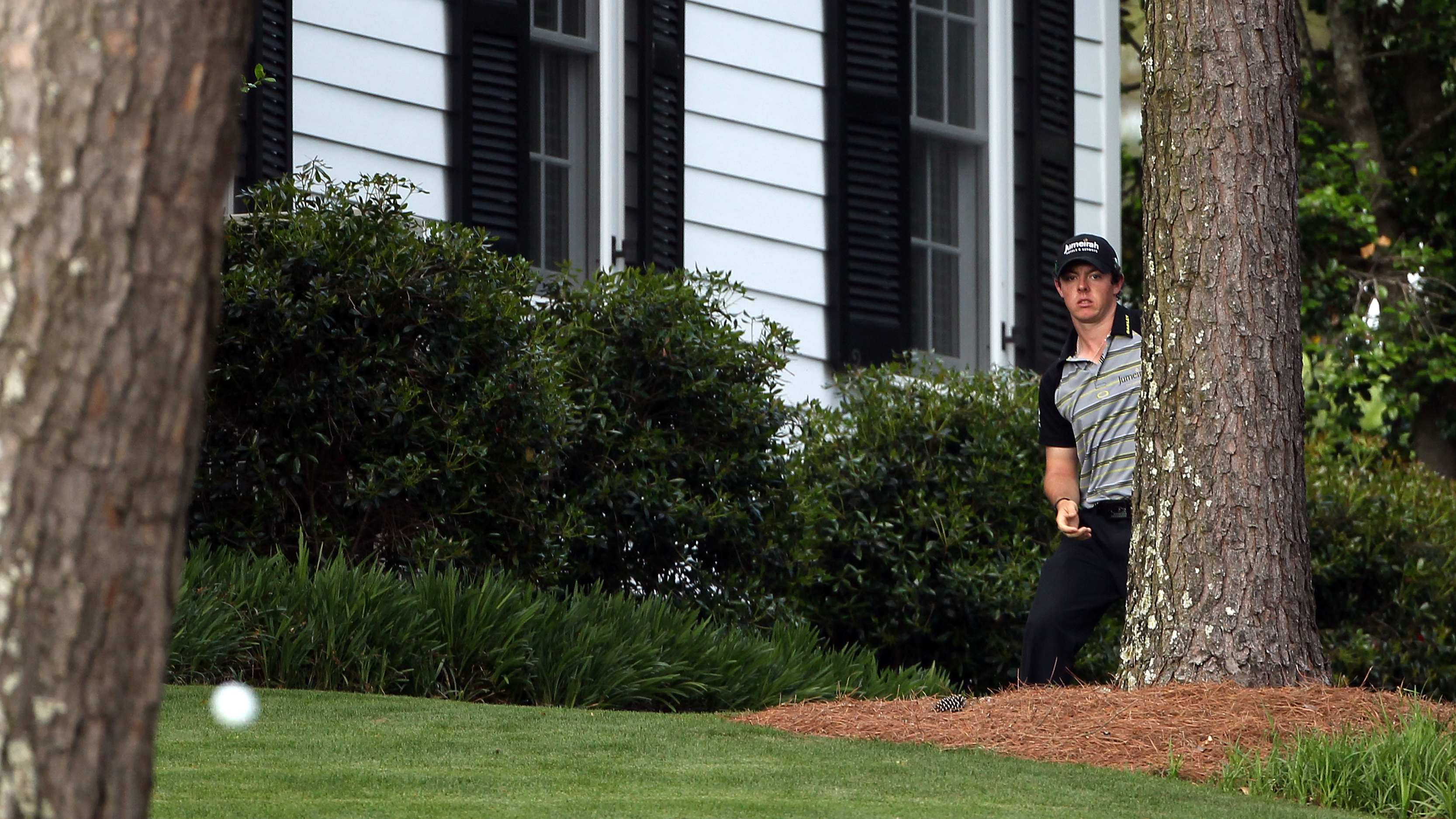
McIlroy's troubles on the 10th took him all but out of the running of capturing the 2011 Masters title
Pressure got the better of the young Ulsterman as he began the famous back nine. His tee shot on the 10th was hooked way into the trees and he could only pitch back from a spot between the Peek and Berckmans cabins (normally unseen by TV viewers). His third went left of the green, his pitch hit a tree and he failed to get up-and-down. He walked off with a triple-bogey seven, looking decidedly shell-shocked.
He played the next holes in a daze. A bogey at the 11th was followed by a four-putt double on the 12th. When his tee shot on the 13th found the creek, he put his head down and looked on the verge of tears. His race was well and truly run.
“This was my first experience of it,” he said afterwards. “Hopefully, next time I’m in this position, I’ll be able to handle it a little better.”
He wouldn’t have to wait long. Two months later he won the US Open at Congressional by eight shots.
Back at Augusta, the race for the title was heating up between those given a chance by Rory’s collapse.
Ogilvy raced into the picture with four straight birdies from the 12th to reach, and post, 10-under par. Woods couldn’t keep his charge going on the back nine and he too finished 10-under. Donald chipped in on the final hole to end his challenge on the same score.
Scott moved steadily into contention and, with birdies on the 14th and 16th holes, he reached 12-under which, at that stage, gave him a two-shot lead. Fellow Aussie Day also finished strongly, as he birdied the last two to tie Scott at -12. The pair looked to have a great chance.
But Schwartzel, whose round had gone a little quiet (he was one-over-par since his hole-out on the 3rd) was about to put the pedal to the metal. The 26-year-old birdied the 15th, 16th and 17th holes to move 13-under and one clear with one to play. He iced the cake with a superb closing birdie to win by two. He was the first Masters champion to birdie the final four holes.
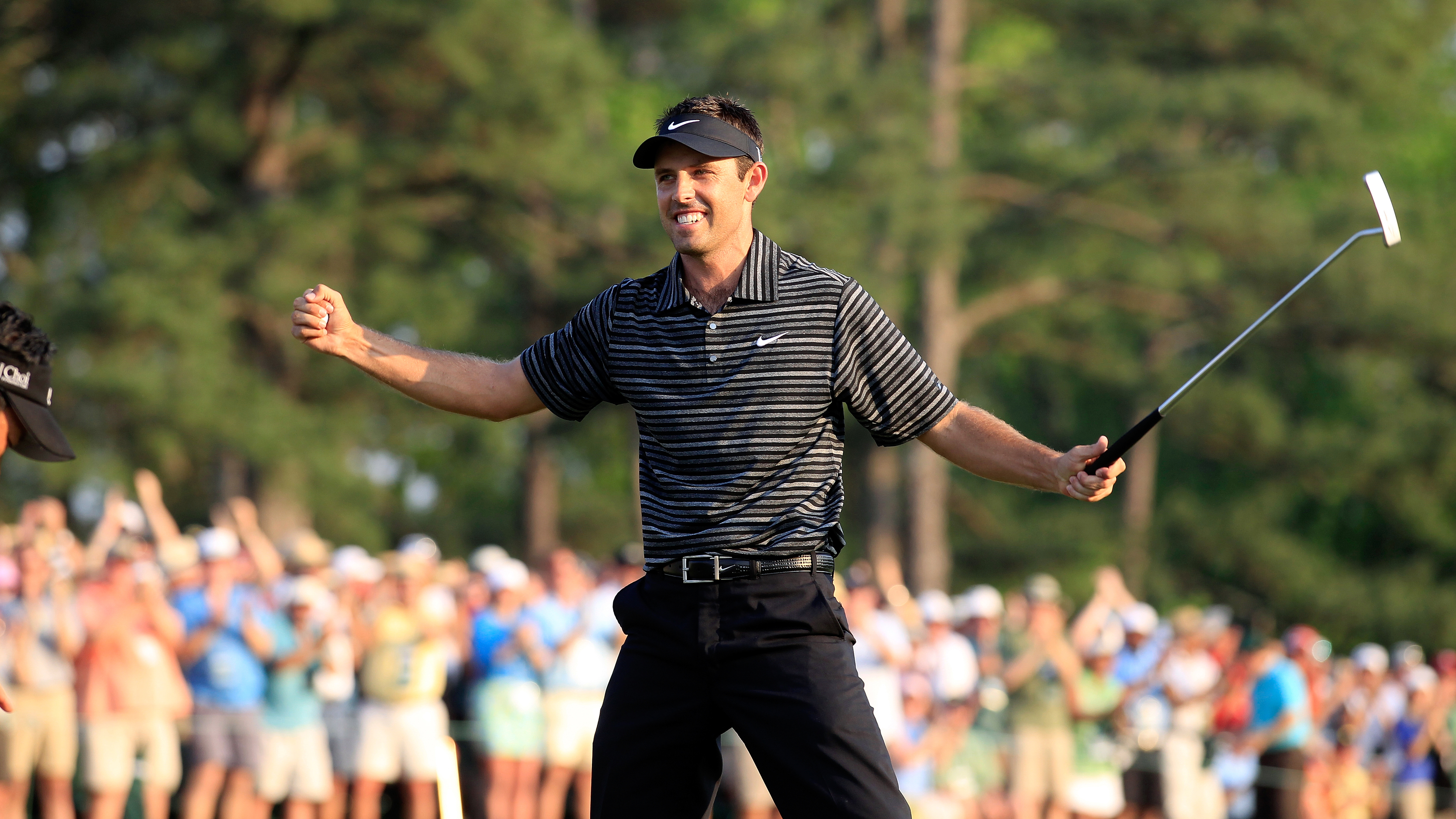
Charl Schwartzel: 2011 Masters Champion
“There were so may roars going round,” Schwartzel said afterwards. “Every fairway you were walking down someone had done something. I was watching leaderboards. It was exciting.”
It certainly was. Few final rounds in Major history have included so many vacillations and presented chances to so many players. During the closing 18, eight players at one time held or shared the lead. But, on the 50th anniversary of Gary Player’s first triumph at Augusta, another South African donned the Green Jacket. Schwartzel retained his composure and delivered the killer blow at the crucial moment. He birdied the last four holes to win The Masters… How cool is that?

Fergus is Golf Monthly's resident expert on the history of the game and has written extensively on that subject. He has also worked with Golf Monthly to produce a podcast series. Called 18 Majors: The Golf History Show it offers new and in-depth perspectives on some of the most important moments in golf's long history. You can find all the details about it here.
He is a golf obsessive and 1-handicapper. Growing up in the North East of Scotland, golf runs through his veins and his passion for the sport was bolstered during his time at St Andrews university studying history. He went on to earn a post graduate diploma from the London School of Journalism. Fergus has worked for Golf Monthly since 2004 and has written two books on the game; "Great Golf Debates" together with Jezz Ellwood of Golf Monthly and the history section of "The Ultimate Golf Book" together with Neil Tappin , also of Golf Monthly.
Fergus once shanked a ball from just over Granny Clark's Wynd on the 18th of the Old Course that struck the St Andrews Golf Club and rebounded into the Valley of Sin, from where he saved par. Who says there's no golfing god?
-
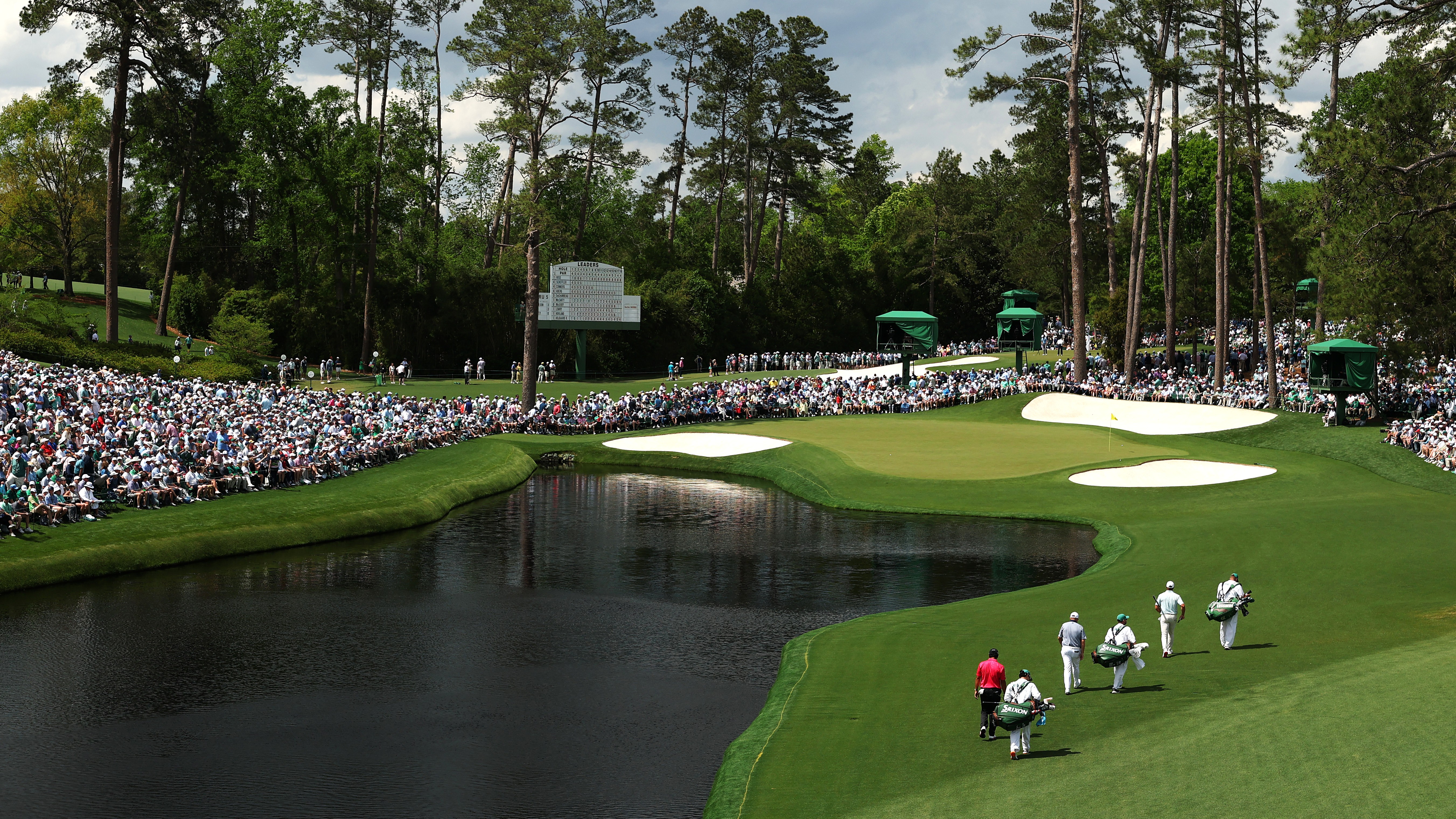 Watch The Masters Round Three: Live Streams, TV Coverage, Start Time For Today's Play
Watch The Masters Round Three: Live Streams, TV Coverage, Start Time For Today's PlayHow to watch The Masters on Saturday April 13, with all the information on live streams, TV broadcasts, and free coverage for Round Three at Augusta National.
By Patrick Fletcher Published
-
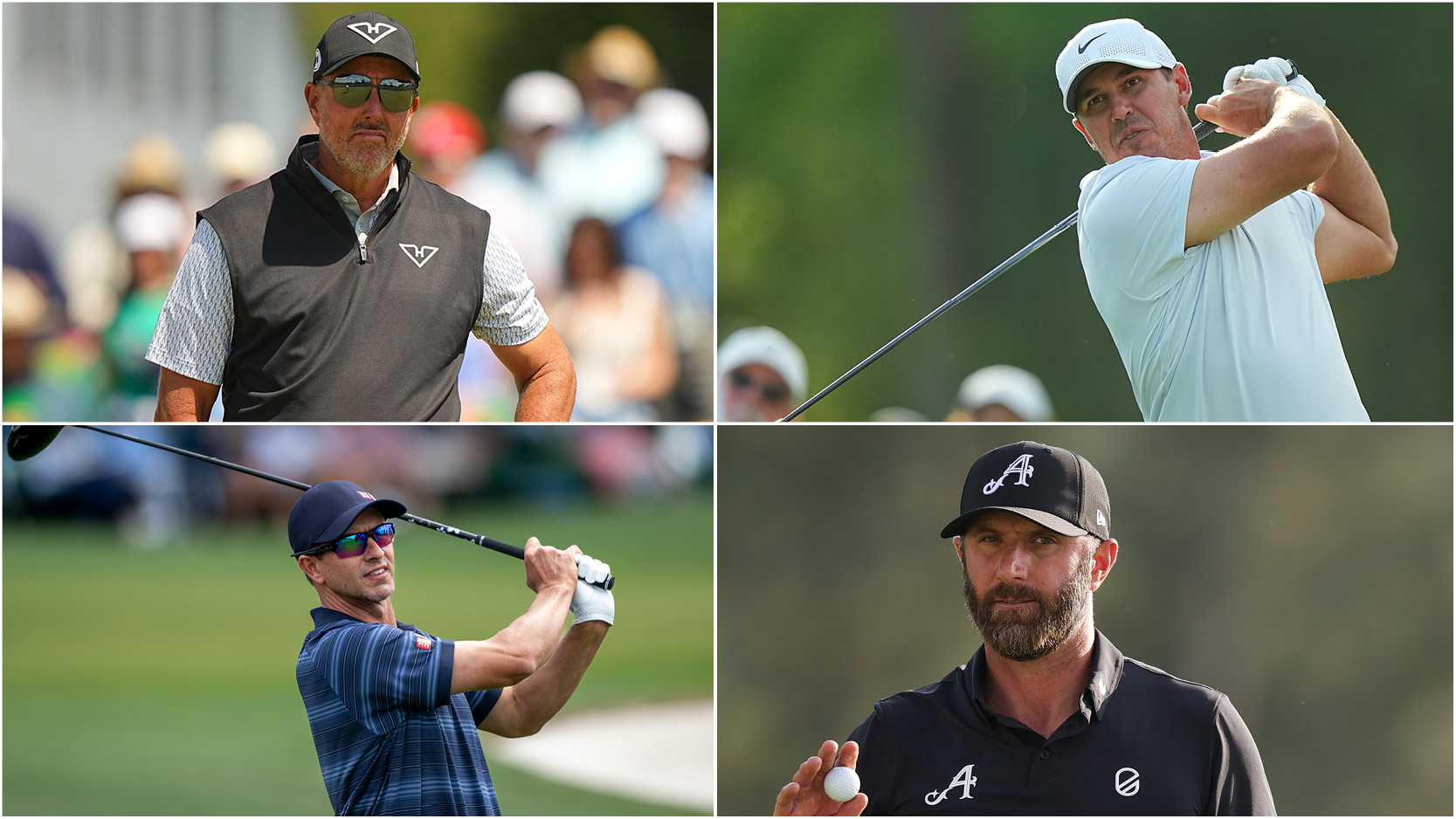 14 Big Names Who Missed The Cut At The Masters
14 Big Names Who Missed The Cut At The MastersAn exciting prospect is in-store over the weekend at The Masters, where a number of players missed the cut at Augusta National
By Matt Cradock Published
-
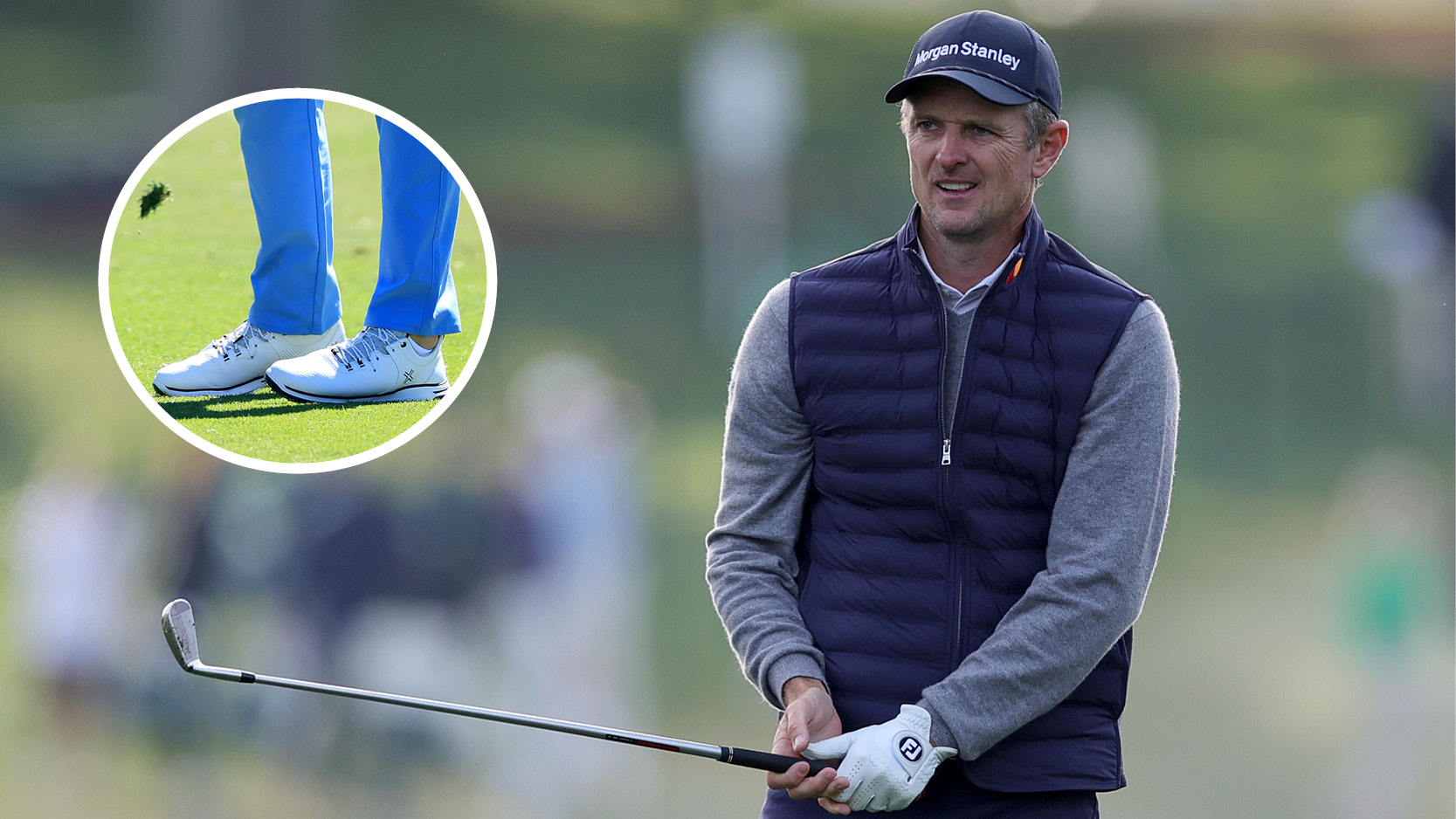 What Golf Shoes Is Justin Rose Wearing At The Masters?
What Golf Shoes Is Justin Rose Wearing At The Masters?The Englishman has been seen wearing a number of shoes throughout his career and, at the start of 2025, Rose has been spotted donning footwear from PAYNTR Golf
By Matt Cradock Published
-
 The Masters Has The Green Jacket, But Which Other Pro Golf Tournaments Offer Jackets To The Winners?
The Masters Has The Green Jacket, But Which Other Pro Golf Tournaments Offer Jackets To The Winners?It's not all about the trophy and the prize money - there are some nice (and no so nice) jackets up for grabs
By Michael Weston Published
-
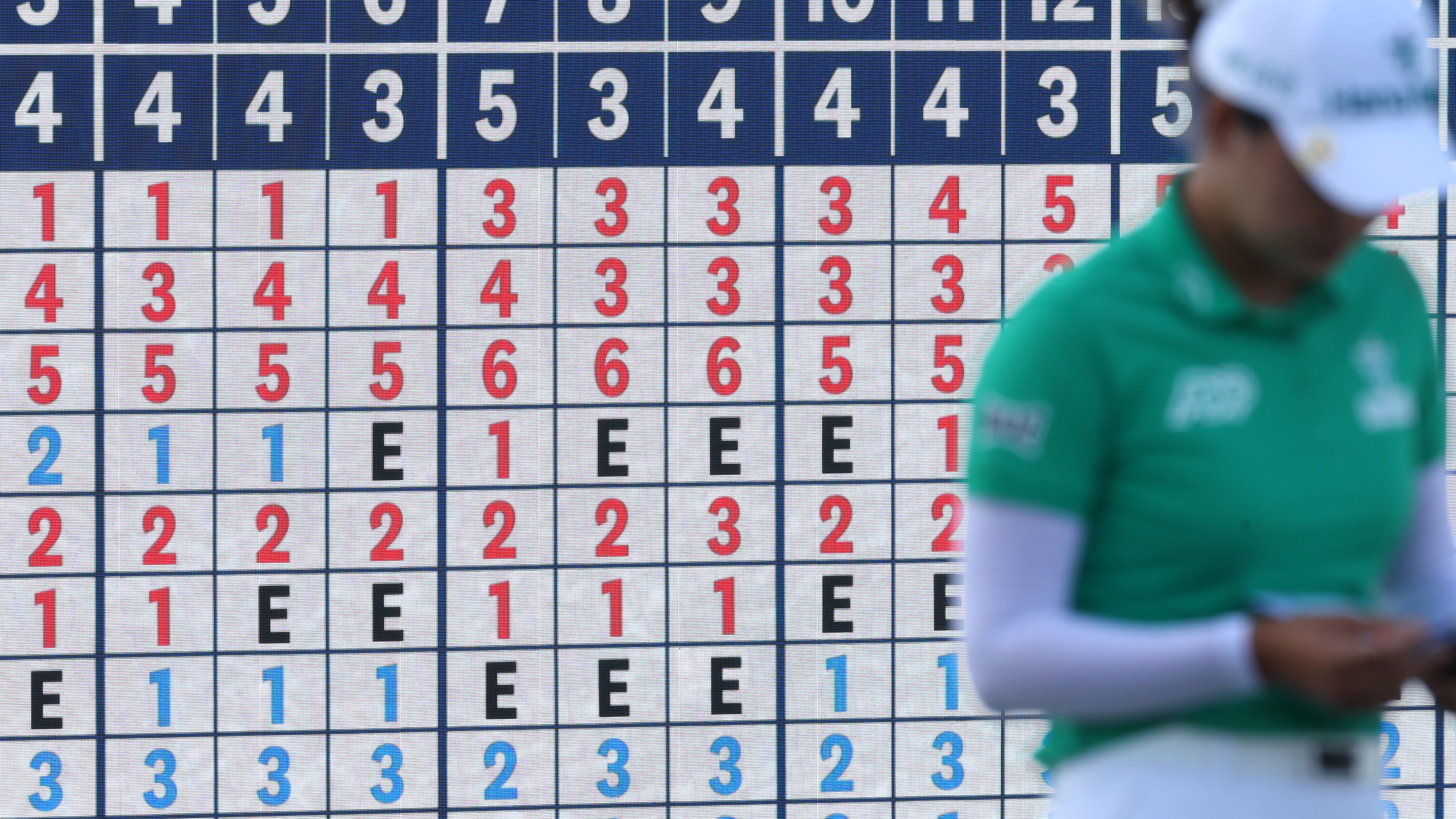 What Does 'E' Mean In Golf?
What Does 'E' Mean In Golf?If you're a new golfer, you might be wondering what 'E' means on the leaderboard
By Michael Weston Published
-
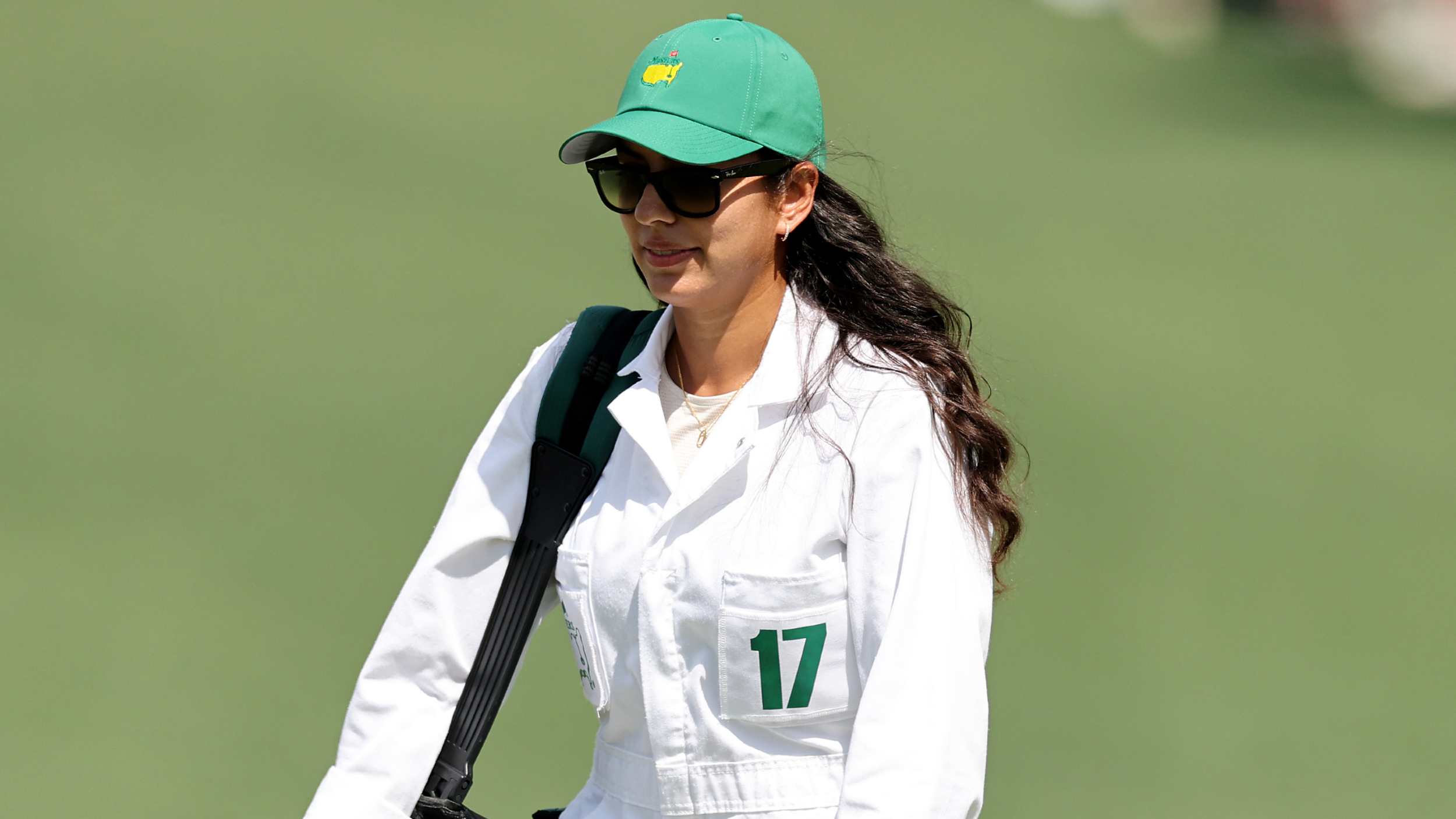 Who Is Aaron Rai’s Partner?
Who Is Aaron Rai’s Partner?PGA Tour pro Aaron Rai's partner made a big impression in the 2025 Masters Par-3 Contest, but who is she?
By Mike Hall Published
-
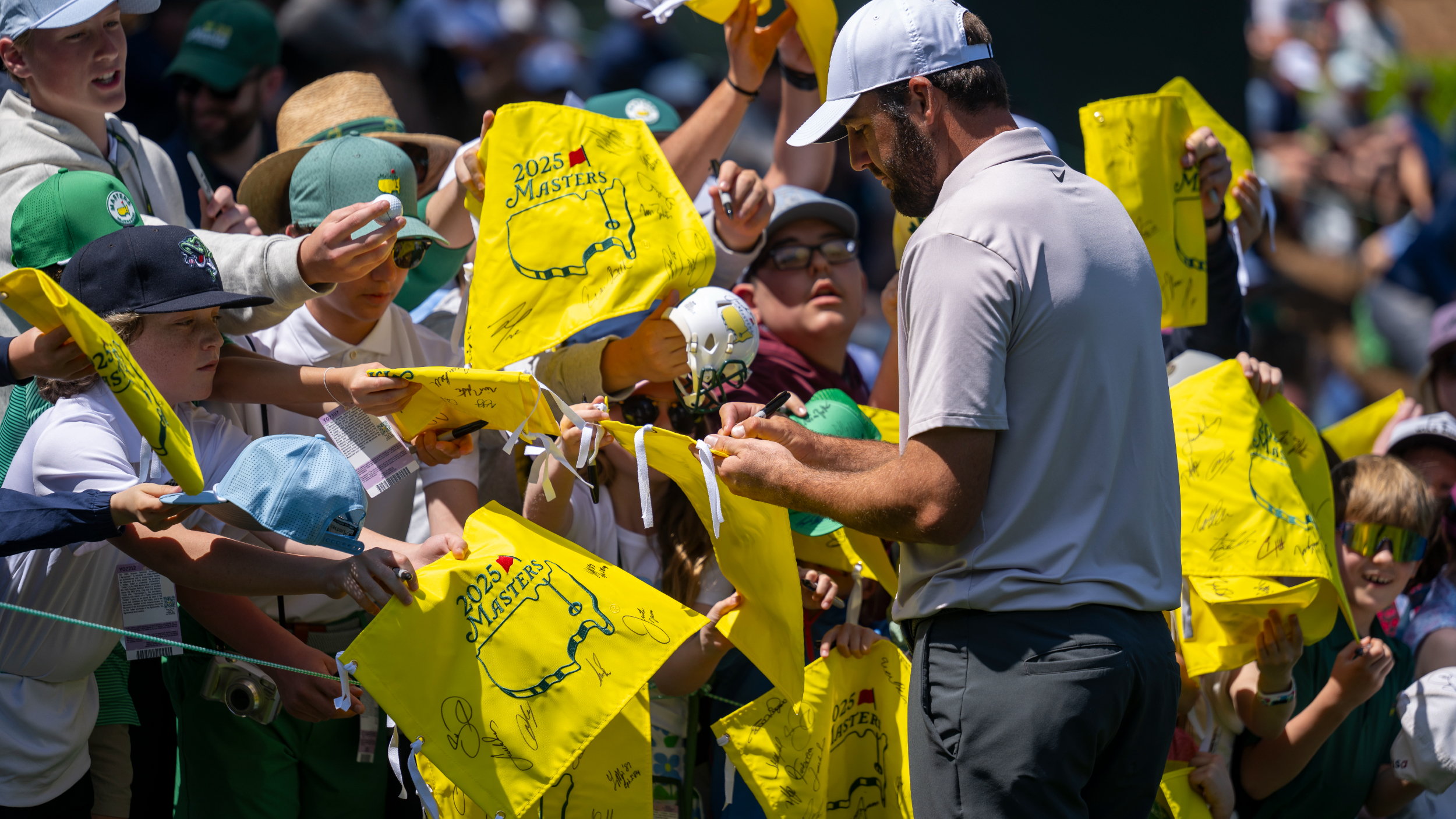 What Does The Masters Logo Represent?
What Does The Masters Logo Represent?The Masters logo is familiar to golf fans around the world, but what does it represent?
By Mike Hall Published
-
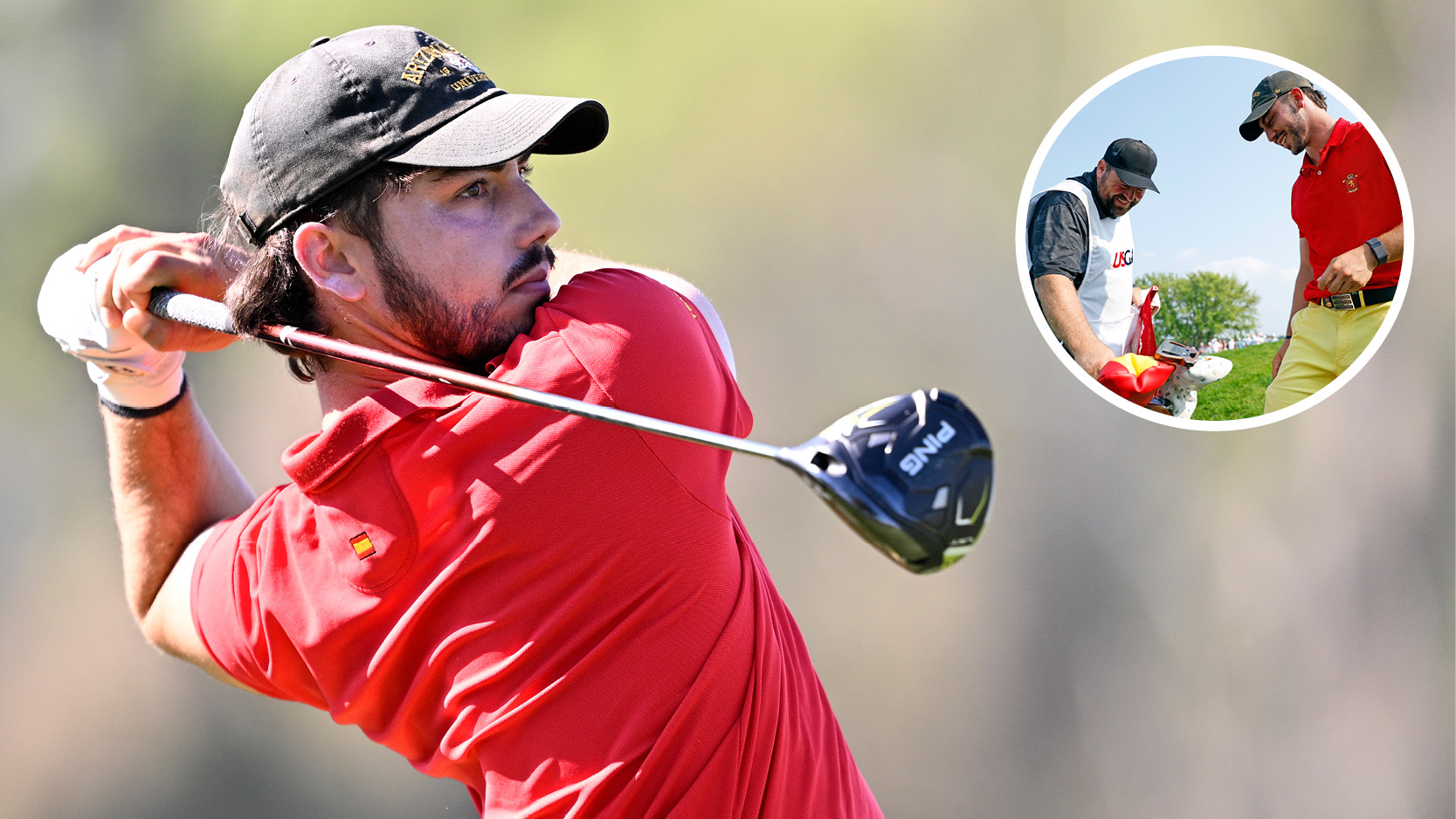 Jose Luis Ballester What's In The Bag? 2025 Update
Jose Luis Ballester What's In The Bag? 2025 UpdateTake a look inside the bag of Spain's Jose Luis Ballester
By Matt Cradock Published
-
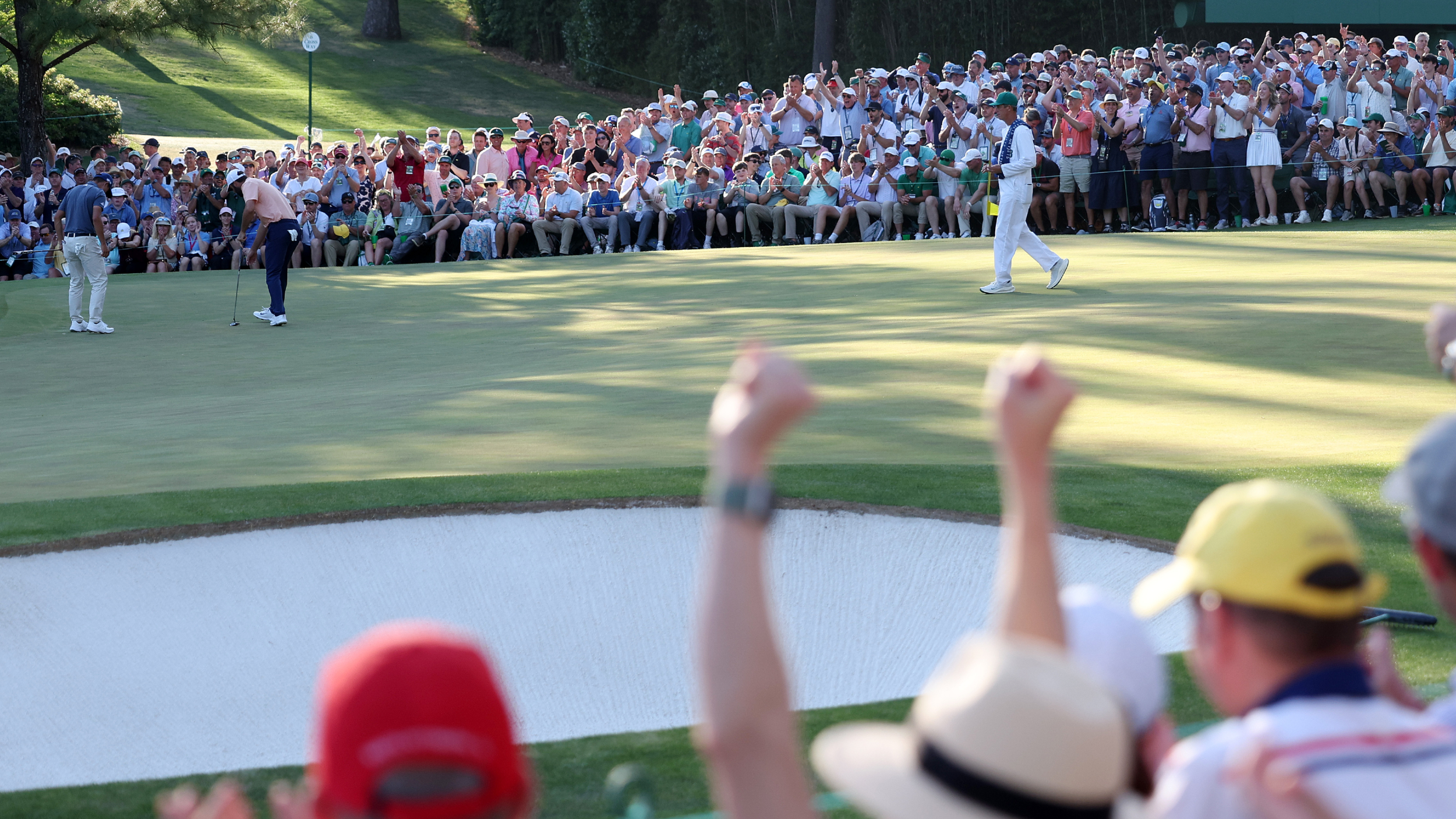 Cell Phones Aren’t Allowed At The Masters, But What About Smart Watches?
Cell Phones Aren’t Allowed At The Masters, But What About Smart Watches?Cell phones are prohibited at the Augusta National Major, but does that also apply to smart watches?
By Mike Hall Published
-
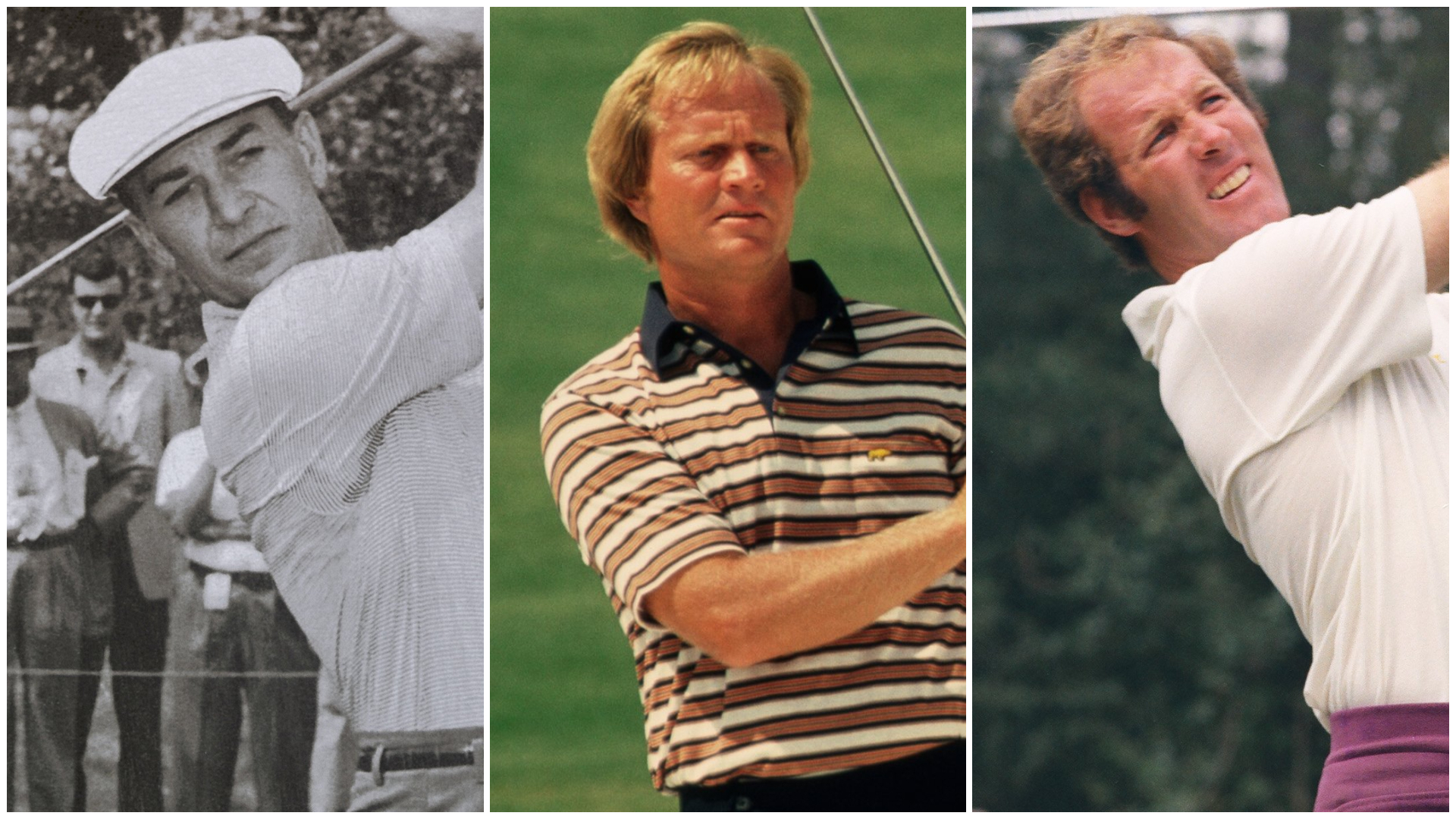 Who Has The Most Runner-Up Finishes At The Masters?
Who Has The Most Runner-Up Finishes At The Masters?Winning The Masters is one of the biggest achievements in the game, but who are the players who have finished runner-up the most?
By Mike Hall Published